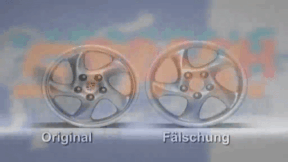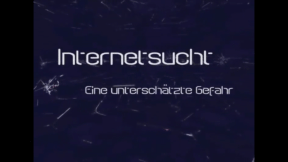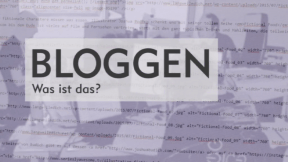 History
History


46500898 / 55500654
Celts
History and Culture
The term “Celts“ refers to a great number of different ethnic groups. So we do not speak of one “Celtic people”, at any rate not according to modern ethnic criteria, but rather of tribes within the circle of Celtic culture. The so-called Celts were organised in tribes – and there were hundreds of them. Although tribal alliances were formed time and again in the course of history, they often waged war among each other. Presumably, the term Celts was only a collective name used in ancient Mediterranean cultures for geographically widely dispersed tribes north of the Alps with similar languages, religions and customs. The culture of the Celts is commonly considered nonliterate. It is presumed that they never developed a writing of their own and used letters of other cultures. As the few existing Celtic inscriptions have been almost untranslatable up to now, our knowledge of Celtic culture is derived from Greek and Roman authors – and they were hardly flattering because they saw the Celts and also other tribes or peoples from the point of view of their own culture which they deemed far superior and more civilised.
Play trailer

Curriculum-centred and oriented towards educational standards
Matching
Product Piracy
Counterfeiting takes place in almost all economic sectors – textiles, watches, car parts, machine parts, tools, accessories, software and medicines. Some counterfeits are easy to recognise, others are so well-executed that even experts have difficulty distinguishing between original and imitation. This DVD covers the development of a product from idea to manufacture. Once a product has become a trademark, product pirates appear on the scene.
Internet Addiction
The film consists of two parts. The first part is the 15-minute short film “In the Net”. It describes the problem of excessive Internet use in a humorous way, in particular the risk of losing touch with reality when chatting. The second part illustrates with three real persons how Internet addiction can develop and the problems encountered by those who are afflicted. The authentic statements are commented by an experienced therapist. For many pupils, the issues addressed here are related to their everyday lives. What is a “sensible” use of the Internet, where does pathological addiction start? In contrast to addiction to alcohol, nicotine or drugs, the public seems to be largely ignorant of the problem of this addiction, which is not related to any substance abuse. The film provides material for discussion in the classroom (crossdisciplinary) and can be used as a basis for the formulation of prevention strategies.
Blogging
The weblog or blog, for short, as a medium is not much older than this century. Blogs came into being in the World Wide Web as ’messages from below’, as web pages from web creators who wanted to share their view of the world with the world. They are short notes, long texts, pictures, videos, which are posted loosely and at random intervals to the world for an undefined public.









